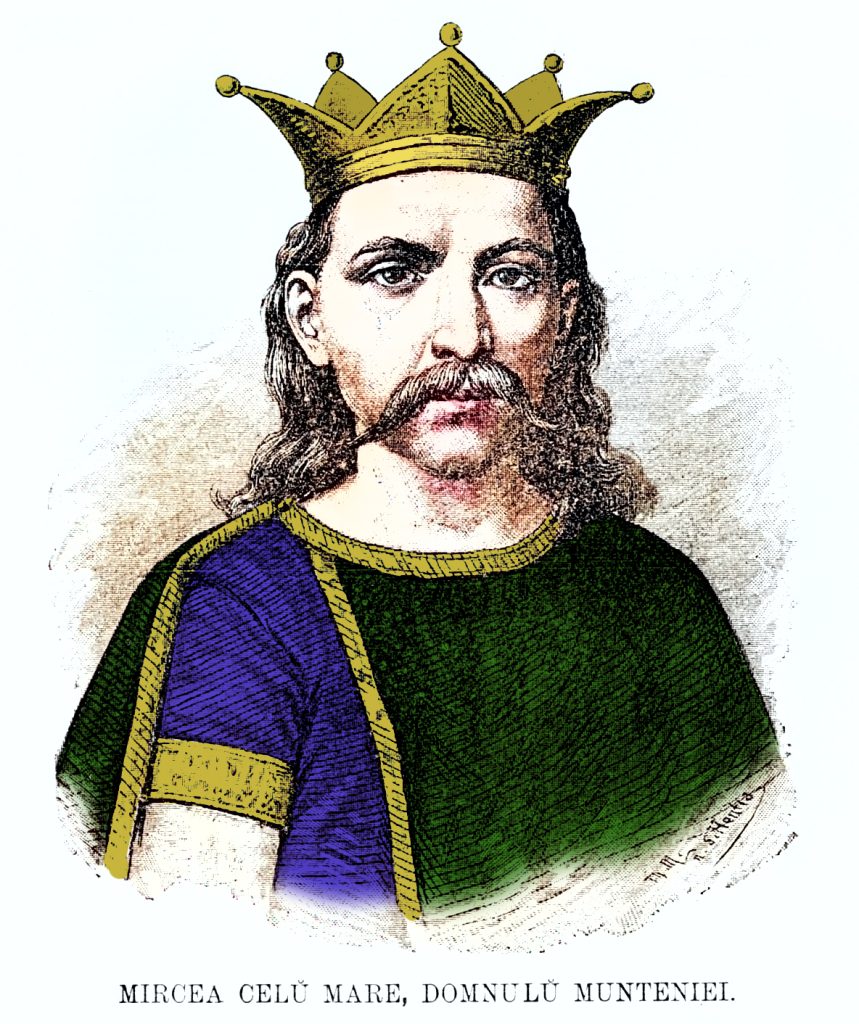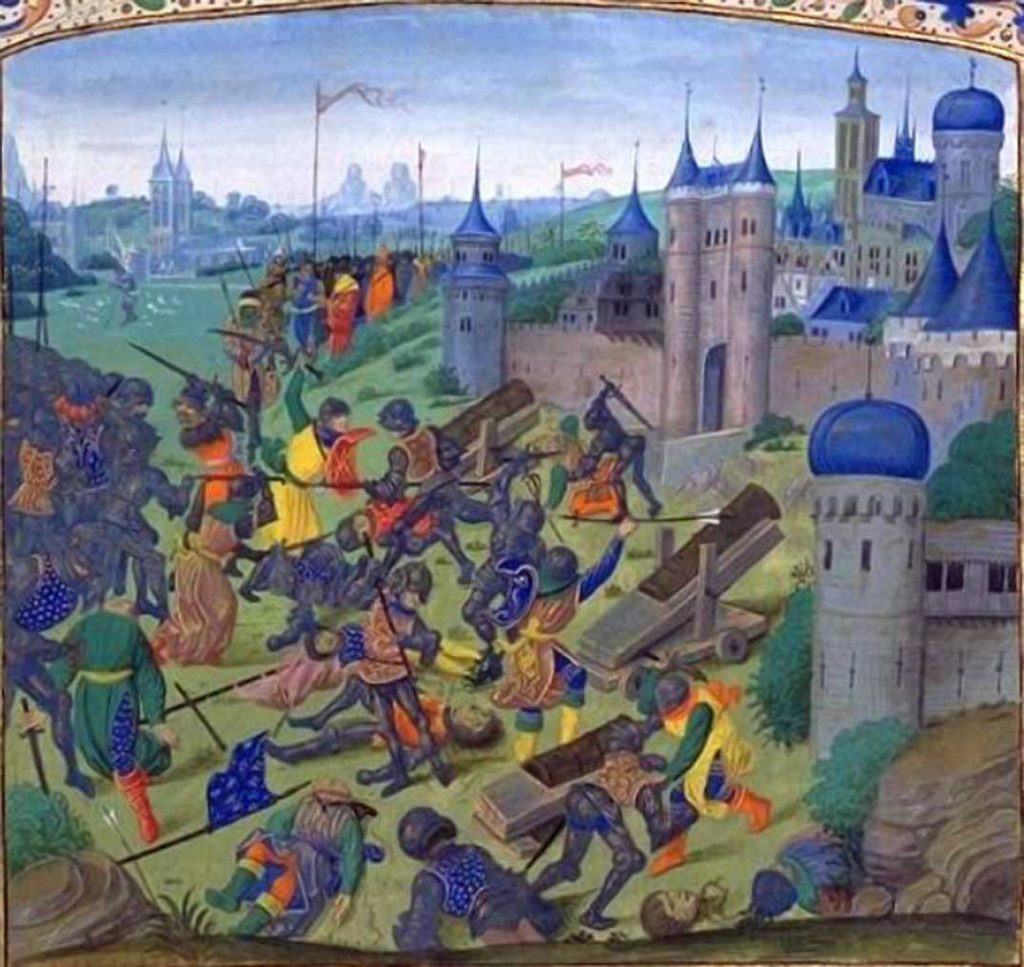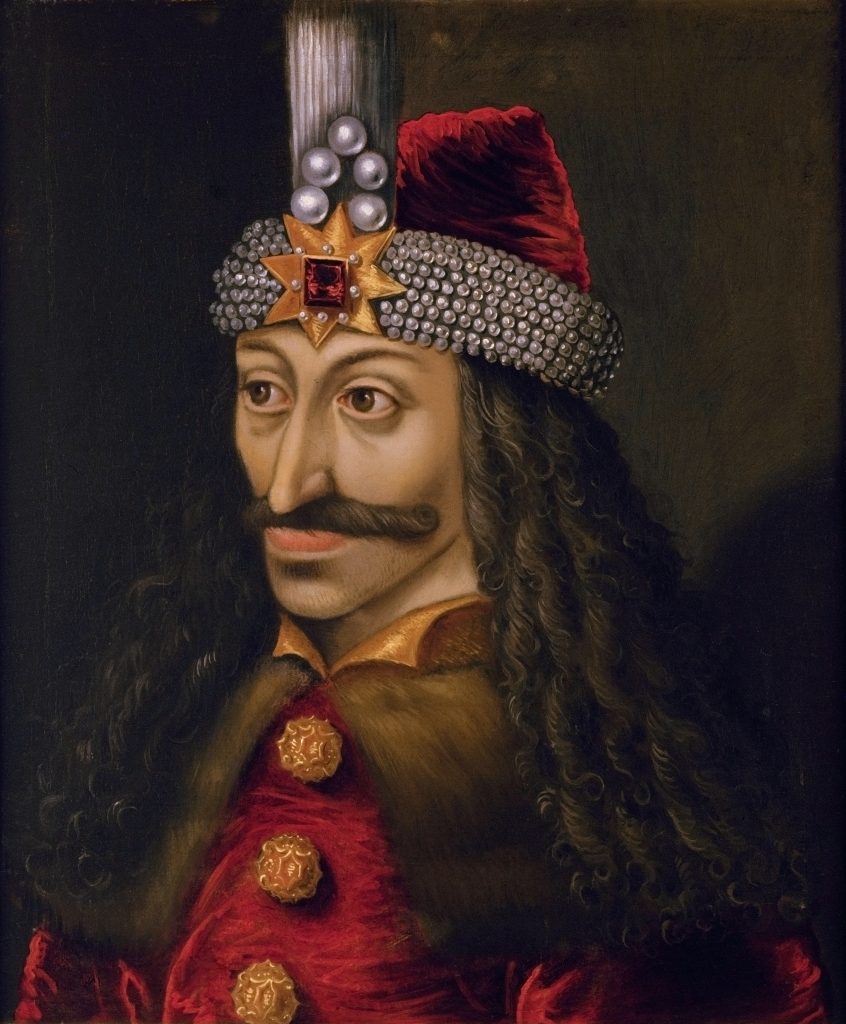
Please follow us on Gab, Minds, Telegram, Rumble, GabTV, Truth Social, Gettr, Twitter
January 31 marks the 605th anniversary of the death of Mircea the Old, the most significant ruler to sit on the throne of the Romanian principality of Wallachia during the Middle Ages. At a time when the forces of Islam threatened to destroy Christian civilization, this remarkable ruler ablely defended his land and people, preserving the independence of Wallachia, which later formed the basis for the modern Romanian state.
Although his grandson, Vlad the Impaler, better known as Dracula, has acquired much international fame, Mircea the Old was a ruler of even greater historical importance. Together with his own great-grandfather, Basarab, who won the independence of the principality, Mircea established the framework of this small state in southeastern Europe. As the great Romanian historian P.P. Panaitescu pointed out, “just as the Church had its fathers, who laid its foundations, so too do countries have theirs.”
During his reign of more than 30 years, Mircea the Old not only consolidated the political and administrative structure of the principality, but he defeated the Ottoman Empire, the greatest power of his day in battle when they invaded his land. He fought bravely alongside Christian forces during the crusade of Nicopolis in 1396 and made his country a major force in international politics at the dawn of the fifteenth century. The land over which he reigned, although small, stood proudly in defense of European civilization at a time of its greatest peril.

A ruler of incredible skill, Mircea maintained a degree of independence in Wallachia, which was surrounded on all sides by hostile actors. His diplomatic acumen, combined with his military prowess, made Mircea one of the greatest leaders his land would ever know. One contemporary, the Serbian chronicler Constantine Costenetski, admired the Wallachian prince, referring to him as “the great and autocratic Voivode John Mircea.”
Mircea received the epithet ‘the Old’ as a sign of the respect and esteem with which later generations regarded him. It was common, for example, to refer to village elders as “old and wise men,” a sign of deference. Mircea, having given shape to the political and administrative institutions of his country and preserved its independence, had such a strong impact on the history of his land that his descendants looked back upon him as a wise elder, thus explaining the sobriquet ‘the Old.’
Mircea had four sons and established a dynasty that would rule Wallachia for most of the fifteenth century. His most important son was Vlad. Although he would not obtain the throne until 1436, Vlad, who became known as “Dracul” following his induction into the Order of the Dragon by Mircea’s on again off again ally Sigismund of Luxemburg in 1431, ruled his country in a manner very similar to his father. He carefully juggled relations with the neighboring superpowers of the day in an effort to maintain the independence of his land. But the growth of Ottoman might, which ultimately resulted in the fall of Constantinople in 1453, made the situation of his principality even more precarious. Yet neighboring Hungary and not the forces of Islam would ultimately lead to his downfall as he suffered execution at the hands of John Hunyadi, Royal Governor of Hungary in 1447.

Vlad’s namesake, his second-born son, Vlad the Impaler, the grandson of Mircea, would become known to history as Dracula. He would rule the principality on three separate occasions – 1448, 1456-1462, and again in 1476. He inherited the military prowess of his famed grandfather, whom he would refer to in documents issued by his chancellery, recalling the “days of the great voivode Mircea” as the seminal point in the history of the Transalpine land.
Mircea the Old died of natural causes on January 31, 1418 – something remarkable in itself in this land surrounded by hostile enemies. The funeral procession carrying the earthly remains of Wallachia’s most distinguished ruler since Basarab left the capital of Argeș and made its way to Râmnicu and then up the Olt River valley to the Monastery of Cozia, which he had founded. The great voivode Mircea was laid to rest there on 4 February 1418. His tomb remains a venerated site for his people and is still visited by thousands each year.
The legacy of the great Prince Mircea the Old has endured throughout the centuries and lives on in our own day, revered as one of the greatest Romanian rulers in all of history. For more on the life of Mircea and his famous sons Vlad II Dracul and Vlad III Dracula (the Impaler), we recommend the following books:
Mircea the Old: Father of Wallachia, Grandfather of Dracula by A.K. Brackob
Dracul – Of the Father: The Untold Story of Vlad Dracul by A.K. Brackob
Vlad III Dracula: The Life and Times of the Historical Dracula by Kurt W. Treptow